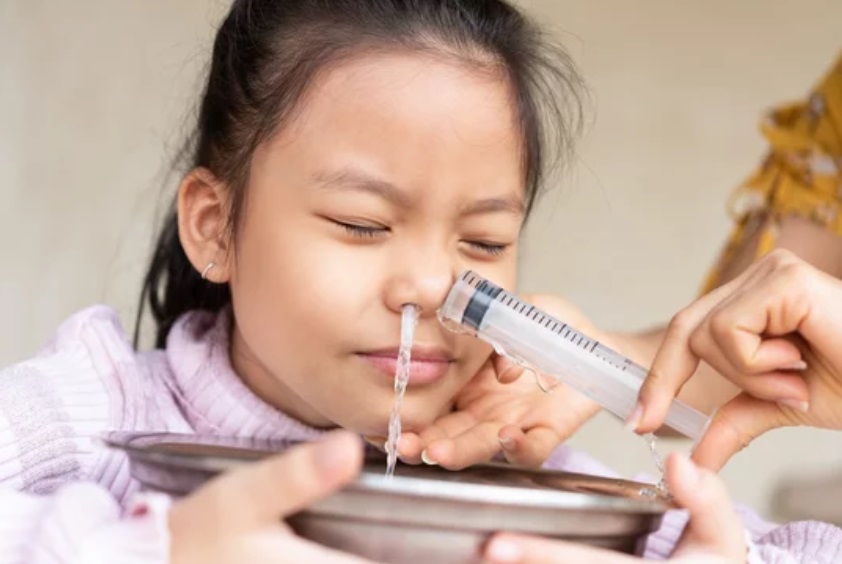INTRODUCTION
Sinusitis is a problem that many patients face every year. It is quite a familiar condition to all of us, as we often see people complaining of severe pain around their eyes, forehead, and ears. There is also a sensation of pull and suffocation while moving the head. This is when one gets to know that they are suffering from sinusitis, which is also referred to as swelling of the mucus lining of the sinus.
Sinuses are of 4 types, namely —
- Frontal sinus
- Maxillary sinus
- Ethmoid sinus
- Sphenoid sinus
These 4 sinuses are in pairs and placed sequentially on both halves of the face.
All the sinuses are lined by a mucosal covering which by a simple infection or allergy results in swelling, causing sinusitis.
The main motive of a sinus is to clean the inside of the nose regularly in order to protect it from harmful bacterial infection. For this, it produces a thin mucus kind of liquid which passes through a narrow pipe and enters the nose where it helps to kill the bacteria and flushes it out of our system.
Due to certain reasons like infection (bacterial, viral, or fungal), common cold, allergies, etc., the sinus tends to get infected and swollen. This swelling inside the sinus blocks the narrow pipe that connects it to the nose. Therefore, the mucus produced in the sinus remains and cultivates much more bacteria in the long run. This will worsen the infection and cause severe head pain, which we will call the initial symptoms of sinus. Apparently, because of this, the nasal passage also remains uncleaned for a long time.
FUNCTION OF PARANASAL SINUSES —
This is followed by advanced symptoms like,
1) Air – conditioning of the inspired air by providing a large surface area over which the air is humidified and warmed.
2) To provide resonance to the voice.
3) To act as thermal insulators to protect the delicate structures in orbit and the cranium from variations in intranasal temperature.
4) To lighten the skull bones.
SYMPTOMS OF SINUSITIS
1) Runny nose
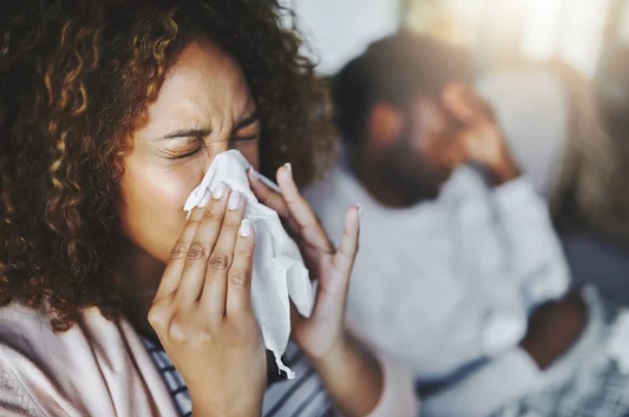
2) Lacking a sense of smell

3) Green or yellow-colored mucus discharge from the nose
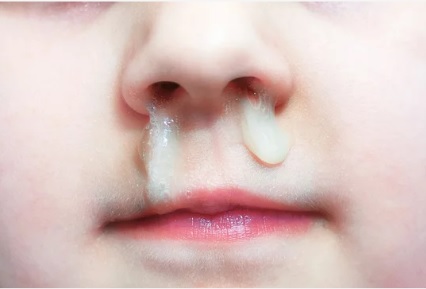
4) Sinus Headache (which aggravates bending forwards)

5) Fever

6) Giddiness

7) Pain in the upper teeth/ jaw

8) Swelling and redness around eyes and face
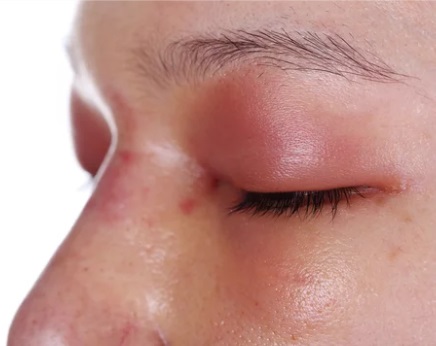
9) Pressure or pain around the Eyes

10) Pressure or pain around the Nose
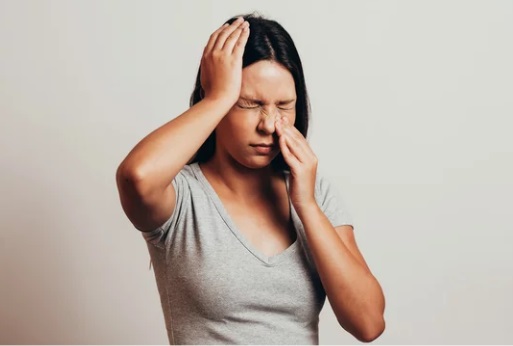
TREATMENT BY SINUS RINSING —
Alongside various treatment procedures for sinusitis that have come up in the field of medicine, sinus rinsing is also one of them.
According to Scott Brown, a standard textbook of ENT, there is evidence that nasal washout
with isotonic or hypertonic saline is beneficial in alleviating symptoms and improves endoscopic findings in patients with chronic rhinosinusitis.
Irrigation with saline has also been shown to improve nasal mucociliary clearance significantly, as measured by saccharine tests in healthy volunteers
In fact, it is known to be one of the most effective yet safe procedures that can be done at home itself.
Having said that, it also has a certain set of do’s and don’ts that ought to be looked into before getting further with the procedure.
WHAT IS SINUS RINSING?
Sinus rinsing is also called sinus flush, sinus irrigation, or saline irrigation.
It is a very simple procedure where salt water (saline water) is used to clean the nasal passage and reduce the swelling in the sinuses. Now, the contaminated mucus inside the sinus, as well as the bacteria on the nasal walls together, gets flushed away. Like this, it helps to cure sinusitis.
REQUIREMENTS FOR SALINE RINSING —
1) Iodine-free Salt
2) Baking soda
3) Sterile water or distilled water
4) Neti pot or squeeze bottles or bulb syringes
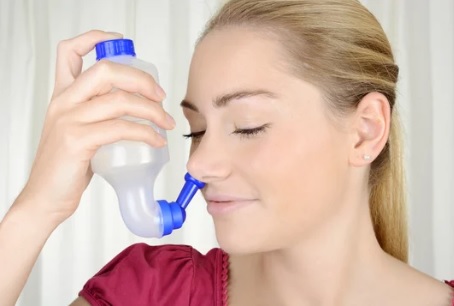
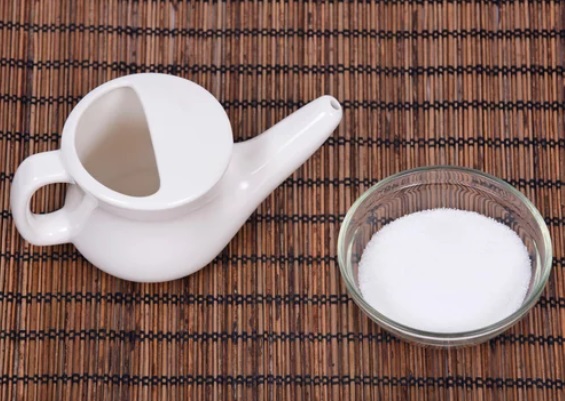
PROCEDURE OF NASAL / SINUS RINSING —
To make saline solution —
- Take approximately 300 ml of sterile water (water that is boiled first and then cooled) or distilled water.
- Take 3 teaspoons of iodine-free salt and mix it with 1 teaspoon of baking soda to make a saline mixture.
- Take 1 teaspoon of the above mixture and mix it with the sterile water to get a saline solution.
Procedure —
- Pour the solution into a neti pot.
- Tilt your head at a 45-degree angle, put the neti pot’s spout into the upper nostril, pour a small amount of the saline solution into it, and rinse the nasal passage. Repeat the same with the other nostril as well.
- While doing this procedure, breathe through your mouth and not through your nose. This would prevent the solution from entering our system.
DURATION OF NASAL / SINUS RINSING —
- Start with 1 rinse per day
- And then, depending on your body’s comfort, it can be done up upto 3 times a day and not more than that.
- To the betterment of the sinusitis, it is recommended to stop it as excessive rinsing can increase the infection.
- Stop the procedure if it doesn’t suit your body or if it is very harsh on the skin.
- Continue the procedure on the doctor’s recommendation.
PRECAUTIONS DURING NOSE RINSING —
- Make sure to use sterile water only, as tap water or any other water might contain contaminants like bacteria which tend to trigger the infection instead of curing it.
- Wash your hands before the procedure
- Also, sterilize the neti pot or squeeze bottles, or bulb syringes before use
- Avoid using too hot or too cold water; instead, water at room temperature is preferred.
- This procedure is not recommended for infants.
- Do not follow this procedure if there is any unhealed wound or cut inside the nose.
COMMON SIDE EFFECTS OF NOSE RINSING —
Certain side effects that commonly appear after the first rinse and get better with time are;
- Stinging sensation in the nose
- Sneezing
- Feeling of fullness in the ear.
- Blood bleeding from the nose is rare and also heals with time.
RISKS:-
If the precautions are not followed properly and if we happen to use contaminated water instead of sterile water, the contaminants in the water can cause small infections to really severe diseases depending on the kind of bacteria present in it.
In the worst case, certain waters contain an extremely life-threatening parasite called Naegleria fowleri which leads to severe health conditions like;
- Headache
- Fever
- Stiffness in the neck
- Mental instability
- Coma, and so on
But nevertheless, this happens only in rare cases wherein extremely contaminated water is used. Therefore, do not forget to boil and cool down the water to room temperature before use.
DOES NASAL RINSING REALLY HELP?
Yes, it is preferentially the first line of treatment recommended by most the doctors. Also, they are one of the easiest and most effective procedures to be done.
It is known to heal almost 64% of the infection, which apparently cures a large portion of sinusitis.
Saline rinsing was found to be most effective on sinusitis caused due to allergies.
They are equally helpful in curing other symptoms related to sinusitis as well.
THANK YOU
MEDICAL ADVICE DISCLAIMER:
This blog, including information, content, references, and opinions, is for informational purposes only.
The Author does not provide any medical advice on this platform.
Viewing, accessing, or reading this blog does not establish any doctor-patient relationship.
The information provided in this blog does not replace the services and opinions of a qualified medical professional who examines you and then prescribes medicines.
And if you have any questions of medical nature, please refer to your doctor or qualified medical personnel for evaluation and management at a clinic/hospital near you.
The content provided in this blog represents the Author’s own interpretation of research articles.
